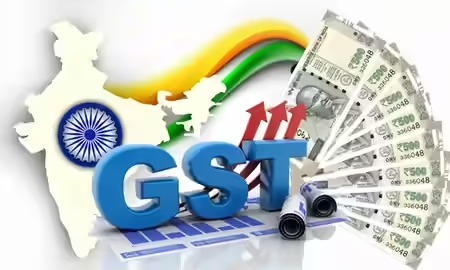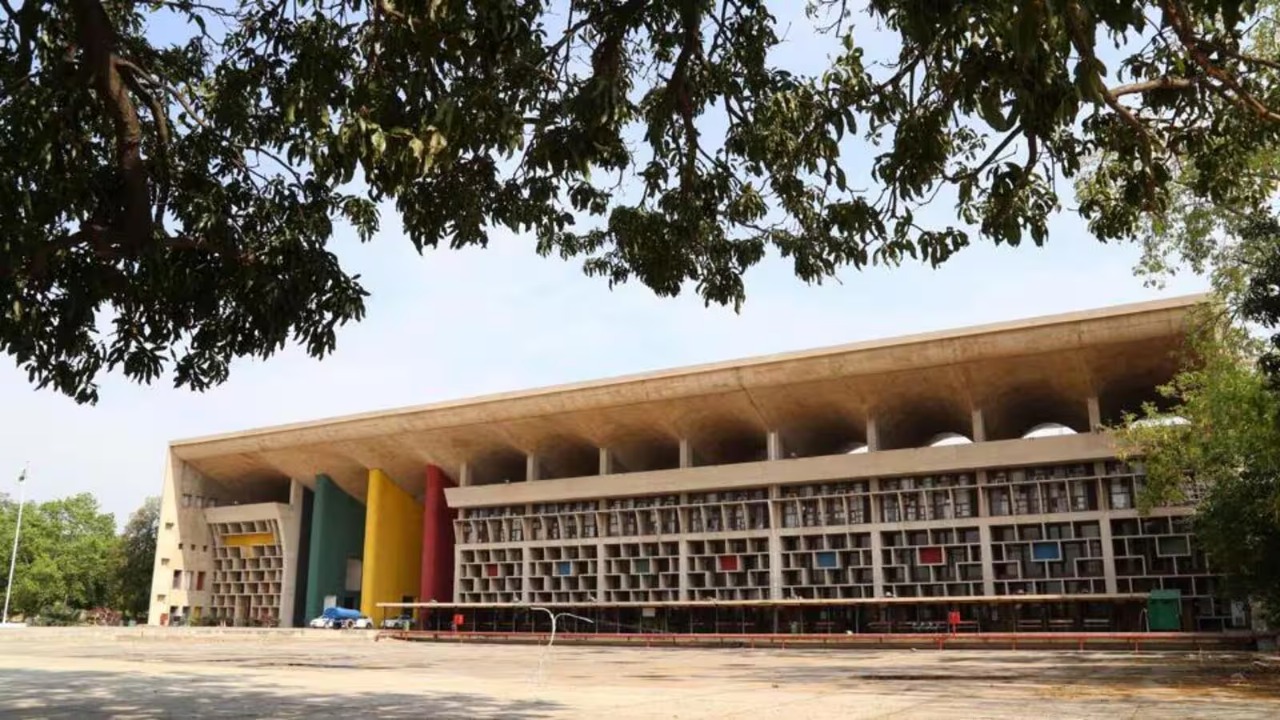 Image Source : Mathrubhumi English
Image Source : Mathrubhumi English
The Reserve Bank of India is widely expected to announce a 25 basis points (bps) cut in the repo rate during its upcoming Monetary Policy Committee (MPC) meeting scheduled from August 5 to 7, 2025. The projection, based on a detailed report by the State Bank of India (SBI), suggests that the central bank may opt for a frontloaded rate cut to stimulate credit growth ahead of the festive season, which is expected to arrive earlier in FY26.
This newsletter breaks down the rationale behind the anticipated move, its potential economic impact, and the broader macroeconomic signals that are shaping RBI’s policy stance.
Key Highlights From The SBI Report
- A 25 bps rate cut is expected to be announced in the August MPC meeting
- Inflation has remained well below RBI’s target band, with June CPI at 2.1 percent
- Credit growth is currently muted, especially in personal loans and retail segments
- Festive season in FY26 is frontloaded, making early rate cuts more impactful
- Past data shows strong correlation between pre-Diwali rate cuts and credit expansion
- SBI warns against a Type II error—delaying cuts due to assumption that low inflation is temporary
Why A Rate Cut Now?
The SBI report argues that monetary policy works with a lag, and delaying action could result in deeper and long-lasting damage to the economy. With inflation consistently below 4 percent and GDP growth projections stable, the RBI has a policy window to act decisively.
Key reasons supporting a rate cut:
- Inflation is expected to average between 2.7 to 2.9 percent in FY26, well below RBI’s 3.7 percent estimate
- Consumer spending typically surges during Diwali, and lower interest rates can amplify demand
- Credit growth has been subdued, with deposit growth outpacing loan disbursements
- Corporate borrowers are shifting to bonds and commercial paper, reducing bank credit demand
Historical Precedent and Festive Lending
The SBI report cites the August 2017 rate cut as a benchmark, which led to an incremental credit growth of ₹1,956 billion by Diwali, with nearly 30 percent of the increase in personal loans. This pattern suggests that easing rates ahead of major festivals can significantly boost consumer sentiment and lending activity.
The report also notes structural shifts in home loan trends, indicating that borrowers respond quickly to rate changes, especially when timed with seasonal spending cycles.
Risks of Inaction
Maintaining a restrictive policy stance despite favorable inflation data could result in:
- Output losses that are difficult to reverse
- Weakening investment sentiment
- Missed opportunities for demand stimulation
- A mismatch in loan-deposit dynamics, affecting bank profitability
SBI emphasizes that the marginal benefit of waiting is low, while the cost of inaction could be substantial. It urges the RBI to avoid a Type II error—misjudging persistent low inflation as temporary and failing to act.
Global Factors and Tariff Uncertainty
The report also considers external pressures, including recent US import tariffs on Indian goods and geopolitical tensions affecting trade and oil prices. These factors could dampen growth, making domestic stimulus even more critical.
Despite these headwinds, India remains one of the fastest-growing major economies, with the IMF projecting 6.4 percent GDP growth for FY26. A timely rate cut could reinforce this momentum.
Conclusion: A Timely Move to Boost Growth
As the RBI prepares for its August MPC meeting, all indicators point toward a strategic rate cut that could energize credit markets and support economic expansion. With inflation under control and festive demand on the horizon, a 25 bps reduction in the repo rate may serve as a catalyst for an early Diwali boom—benefiting consumers, lenders, and the broader economy.
Sources: MSN India, The Economic Times, Republic World, The Hans India, The Week, SBI Research Report
Advertisement
Advertisement






